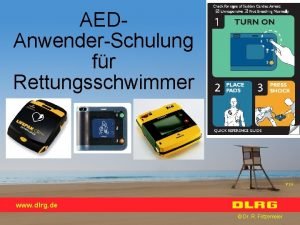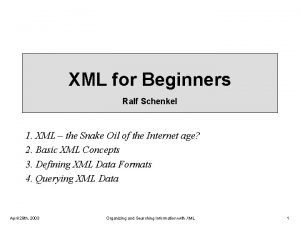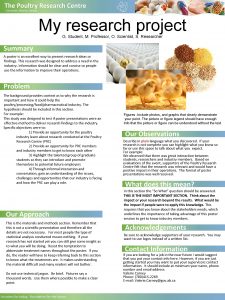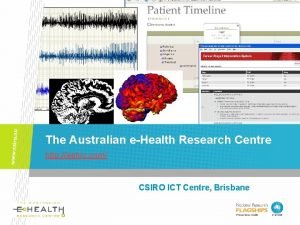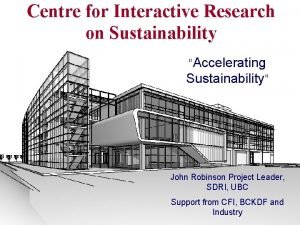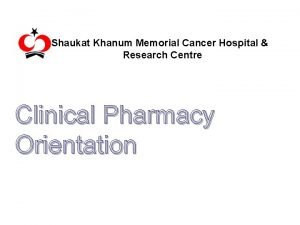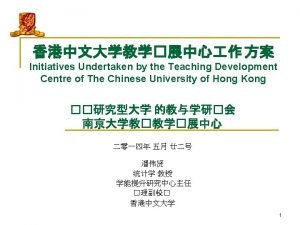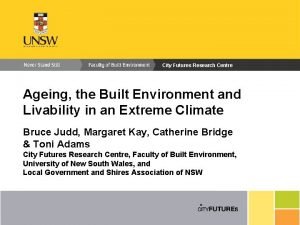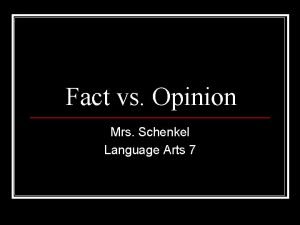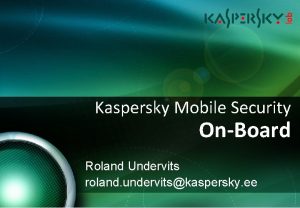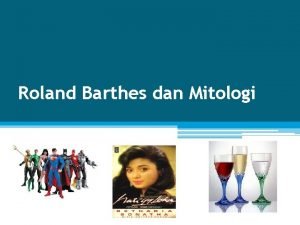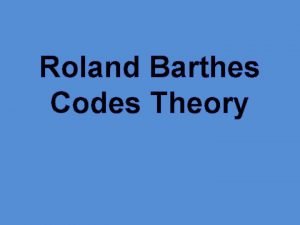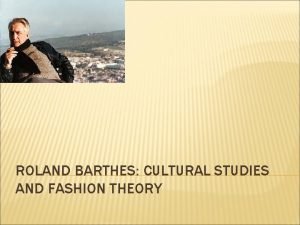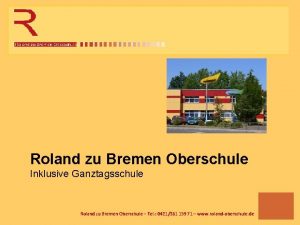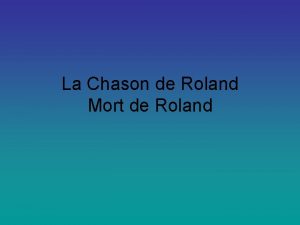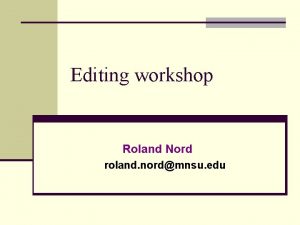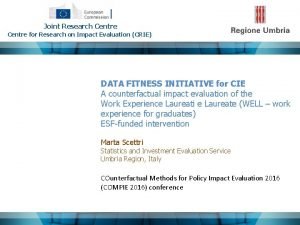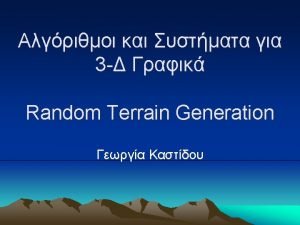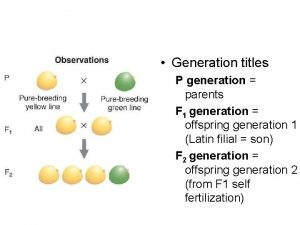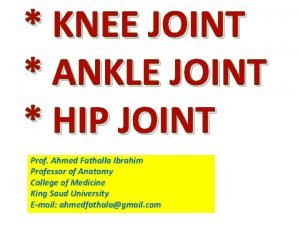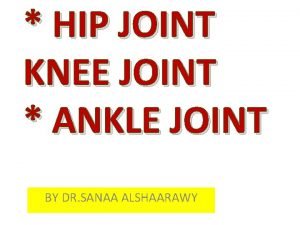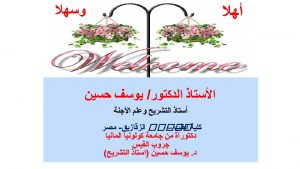Generation IV Roland Schenkel DG Joint Research Centre





















- Slides: 21

Generation IV Roland Schenkel DG Joint Research Centre - EUROPEAN COMMISSION Bucharest, 11 May 2006 http: //www. jrc. cec. eu. int

The Generation IV International Forum (GIF) Ø Objective: to support R&D, within a time frame from 15 to 20 years and reach technical maturity by 2030 Ø The 5 GIF fundamental criteria : ØSustainability ØNon-Proliferation and physical protection ØSafety and reliability ØMinimization of waste production The GIF Charter ØEconomics Ø The JRC has been designated as the Community Implementing Agent Ø Designed for different applications ØElectricity, Hydrogen ØDesalinated water, Heat JRC – Brussels 2 E. U.

The six Generation IV nuclear systems Lead Fast Reactor Sodium Fast Reactor Gas Fast Reactor Very High Temperature Reactor Supercritical Water-cooled Reactor Molten Salt Reactor JRC – Brussels 3

Interest in GIF Systems VHTR GFR SFR LFR SCWR MSR July 2005 Note that all Steering Committees are provisional until the System Arrangements are finalized and signed. JRC – Brussels 4 signifies Co-chair GFR LFR MSR SFR SCWR VHTR – Gas-Cooled Fast Reactor – Lead-Cooled Fast Reactor – Molten Salt Reactor – Sodium-Cooled Fast Reactor – Supercritical Water-Cooled Reactor – Very-High-Temperature Reactor

Major Advantages Gen IV over Gen II/III Gen II / III Once Through Spent Fuel U + Pu + MA + FP 130000 years U, Pu Reprocessing Vitrification < 0. 1 % Pu + MA + FP 10000 years Gen IV FR Partitioning U, Pu + MAs Fuel Fabrication Pu + MAs Breeder/Burner U consumption JRC – Brussels 5 Proliferation Resistance Traces: Pu + MA; + FP <1000 -2000 years Radiotoxicity Volume Safe Storage Time

The GIF Governance Organes de Gouvernance Instruments Framework Agreement System Arrangement Project Arrangement JRC – Brussels 6

The Framework Agreement • Legally binding text governing the overall functioning of GIF • Entered into force on 28 February 2005. • Objective: “… to establish a framework for international collaboration to foster and facilitate achievement of the purpose and vision of the GIF”. • Potential Parties to the FA: Governments (or their ministries or agencies) for GIF Member States and Euratom • Each Party to designate Implementing Agents (IAs) which will implement SAs, but only one of them can sign a specific SA – The Joint Research Centre is the Implementing Agent of Euratom • The Framework Agreement describes the role of the other arrangements in the GIF system (System and, respectively, Project Arrangements) • IPR provisions will be dealt with at the appropriate level (mainly at project level) JRC – Brussels 7

The System Arrangements (SAs) • • • JRC – Brussels Basic Principle: One System / One System Arrangement/ Only one Implementing Agent may be signatory Signatories: Public institutions/research organisations designated by the FA signatories SFR SA signed; VHTR under discussion/finalisation Negotiation for SCWR, GFR SAs to start on the basis of the SFR/VHTR template Content of the Template System Arrangement: Ø Collaboration to be undertaken Ø Management of the research and the development activities undertaken to realize the objective of GIF Ø Financial arrangements Ø Protection, use and disclosure of background proprietary information Ø Adequate and effective protection and allocation of intellectual property created or furnished in the course of the collaboration, including provision for the resolution of disputes concerning intellectual property rights 8 The SFR SA was signed on Tuesday, 14 February 2006, in Fukui

The Project Arrangements (PAs) • R&D within each System will be performed in one or more projects (co-ordinated by a Project Management Board) each System Arrangement implemented through 4 to 5 project arrangements • Signatories to the PAs: Implementing Agents or other R&D organisations (subject to the approval of the respective SSC) • Integration of the work within each system will be done by a “Design and Integration Project” • IPR provisions included at this level. • Statute of the PAs: contracts • Negotiations on PA content have started and appeared to be the most difficult JRC – Brussels 9

A discrimination among partners • Minor/Major Contributors – The notion was introduced by US/DOE during the third round of negotiations on the SFR Advanced Fuel PA – Major contributors will have a large access and use of the outcome of the R&D: the “Generated Information” – Minor contributors will have a limited access to this Generated Information • Defining “Minor” and “Major” Contributors – Based on “initial inputs”, not on “outputs”; – According to a certain threshold of contribution. • Important Conclusion: if this notion is kept, it will be of utmost importance for the Community to organise its contribution to reach the critical size. In particular, the role of universities shall be protected. JRC – Brussels 10

3+1 GIF Methodology Working Groups • Economic Modeling Working Group (EMWG) • Proliferation Resistance and Physical Protection (PRPP) • Risk & Safety Working Group (RSWG) • A 4 th MWG under consideration: Sustainability Working Group • Each is chartered to work on crosscutting methodologies that can be used to evaluate any of the Generation IV systems JRC – Brussels 11

How to make Framework Programme projects and GIF projects match? JRC – Brussels • Ongoing discussion within the “Coordination Group” with a view to FP 7 • Issues identified: – Ensure that individual FP projects (Integrated Projects, STREPs) and GIF projects match at task level FP; – But individual FP projects corresponds to Systems rather than projects (e. g. RAPHAEL FP – VHTR and GCFR FP – GFR); – Consortium should accept that the Technical Annex may be reviewed to fit as far as possible the GIF R&D plan and project plans; – Would it be possible to identify in each consortium subentities matching GIF Projects or even Projects Tasks? Will individual consortium agree to create such sub 12

Euratom membership may: § ensure significant scientific/technical contributions to GIF reaching the critical size § play a constructive role towards R&D achievement of GIF objectives § provide a platform for participation of R&D organizations (including industry) from non GIF-members EU Member States and CCs § offer an exciting and challenging field for the training of European scientists and students in a worldwide R&D initiative. We expect the offer of the Romanian nuclear scientific community to this ambitious and challenging R&D initiative, of which some main lines will be presented this afternoon during the “Nuclear session”. JRC – Brussels 13

Fast Reactors : Sodium Technology - Sodium is a very suitable coolant: - liquid in a wide range of temperatures (90 – 890°C) - mono isotope (Na 23) - thermodynamics parameters - no corrosion (when purified) - Large industrial experience: - various industrial uses - 40 years of technological studies for nuclear applications - Well-known drawbacks: - chemical reactivity (sodium fires and sodium-water reactions) - difficulties for handling and inspection (repairability) - Challenges: fuel with minor actinides JRC – Brussels 14

Fast Reactors : Lead Technology - A candidate to avoid the risks associated with sodium fires or sodium-water reactions - A less favorable coolant (thermodynamics parameters, corrosion risks) - Lead-bismuth alloy to reduce corrosion risks - Experience limited to Russian applications in naval propulsion - Studies going on in various countries - Nitride fuel JRC – Brussels 15

Fast Reactors : Helium Technology - Gas cooling is less efficient than liquid metal cooling - Development of a gas cooled fast reactor will require a new type of fuel (burn up ≥ 150 GWd/t) - Helium technology is already considered for VHTR - Specific safety concerns need to be clarified (low thermal inertia, high power density) - If it can be successfully designed, the result will satisfy both objectives for a sustainable development (fast neutron physics and high temperature technology) JRC – Brussels 16

MSR R&D Areas • Very innovative and thus very challenging • Molten salt properties and salt control (REDOX, impurities) • Resistance of structural materials in molten salt environments fluorides, chlorides) • Specific components, esp. heat exchangers • Graphite life • Bubbling extraction of gaseous FPs and noble metals • • JRC – Brussels FP online extraction Tritium control 17

The role of reprocessing • Long-term sustainability requires reprocessing (fuel availability, number of geological repositories • Advanced aqueous reprocessing – Separation of Pu and minor actinides; ready for prototype demonstration (small scale testing at JRC -ITU) • Advanced dry reprocessing – Previous experience with EBR metal fuel (Idaho); R&D in several countries; small prototype in Japanese-European co-operation at JRC-ITU • Challenge for new fuel to be developed for JRC – Brussels 18

Very-High-Temperature Reactor (VHTR) Characteristics • Helium coolant • 900 -950°C outlet temp • Water-cracking cycle Benefits • Hydrogen production • High degree of passive safety • High thermal efficiency • Process heat JRC – Brussels 19 • Preliminary design by 2011; prototype before 2020, dependending on available funding • In Europe: focus on heat applications rather than electricity and H 2

SCWR R&D Highlights • Target date to complete essential R&D: 2015 (establish viability) • Prototype (30 -150 MWe) by 2020 • Pressure-vessel & pressure-tube designs will be developed in parallel with a decision on core type made by country/organization supporting construction of POAK • Includes a section showing proposed contributions from member countries to specific R&D tasks JRC – Brussels 20

GIF Resources on the web • Basic information on GIF is available on: http: //www. gen-4. org/ • More detailed information to support Euratom contribution to GIF is available to suscribers to the “Circa Group” managed by DG Joint Research Centre (access on demand) JRC – Brussels http: //forum. europa. eu. int/Members/irc/jrc/ euratom_co_ordination_on_gif_issues/h ome 21
 Gary schenkel
Gary schenkel Tawara schenkel
Tawara schenkel Ralf schenkel
Ralf schenkel First generation antipsychotics vs second
First generation antipsychotics vs second Lord you are good and your mercy is forever
Lord you are good and your mercy is forever Centroid in mechanics
Centroid in mechanics Center of gravity for different shapes
Center of gravity for different shapes Grades of lamb
Grades of lamb Intertransverse ligament
Intertransverse ligament Examples of permanent joints
Examples of permanent joints Memorandum joint venture account is
Memorandum joint venture account is Lamb carcass grading
Lamb carcass grading Condyloid ellipsoidal joint
Condyloid ellipsoidal joint Poultry research centre
Poultry research centre Australian ehealth research centre
Australian ehealth research centre Curb cut effect
Curb cut effect Nato undersea research centre
Nato undersea research centre Centre for interactive research on sustainability
Centre for interactive research on sustainability Shaukat khanum memorial cancer hospital and research centre
Shaukat khanum memorial cancer hospital and research centre Centre for learning enhancement and research
Centre for learning enhancement and research Manashakti research centre
Manashakti research centre City futures research centre
City futures research centre

